Cannabis et cognition, la différence de sexe aurait-t-elle un impact ?
Selon l’Enquête canadienne sur le cannabis de 2024, le cannabis est aujourd’hui la substance psychoactive la plus consommée et la plus socialement acceptée au Canada, après l’alcool et le tabac (1). Cette acceptabilité sociale découlant de son acceptabilité législative récente permet d’étudier le cannabis sous un tout nouvel angle afin d’en exploiter les bienfaits et de réduire les méfaits parfois possibles, bien que cette substance soit une des substances les plus anciennement documentées. Parmi la pluralité de ses effets pharmacologiques et sur la santé, plusieurs données se penchent sur son lien avec la cognition. La cognition englobe l’ensemble des processus mentaux associés à la perception, à la compréhension, au raisonnement etc. Le cannabis jouerait ainsi un rôle majeur sur la mémoire de travail, l’attention soutenue ainsi que d’autres fonctions exécutives qui ont été décrites à maintes reprises chez l’humain (2). Mais ces effets varient-ils selon le genre et le sexe ?
Une récente revue systématique par Matheson et al. s’est penchée sur cette question et suggère que les femmes pourraient être plus sensibles aux effets aigus du cannabis, particulièrement en ce qui concerne la mémoire et l’attention (3). Ainsi, pour une même dose donnée de cannabis, les individus de sexe féminin montreraient davantage de difficultés à maintenir l’information en mémoire de travail. En revanche, les individus de sexe masculin, semblent présenter plus souvent des altérations cognitives persistantes (psychomotrices et rapidité cognitive) en association avec un usage chronique (4). D’autres études antérieures explorant ces facteurs avaient par ailleurs démontré que les femmes rapportaient des effets subjectifs au cannabis plus prononcés que les hommes (5).
Ces variations d’effets en fonction du genre et du sexe peuvent être partiellement expliqués par la modulation différentielle du système endocannabinoïde par les hormones sexuelles en interaction avec l’environnement. Plus particulièrement, l’œstrogène interagirait avec les récepteurs cannabinoïdes CB1 en modulant leur densité dans certaines régions cérébrales, agissant sur les systèmes de régulation de plasticité synaptique via des voies intracellulaires et influencerait ainsi la réponse cognitive au THC (6). L’interaction avec l’environnement (facteurs de stress, alimentation, environnement social) quant à elle peut être observée par des mécanismes épigénétiques impactant l’expression des récepteurs CB1 et l’activité des enzymes du système endocannabinoïde (7). De plus, en prenant compte la composition adipeuse plus importante chez les femmes et la forte lipophilie du THC, le métabolisme, la distribution au sein des tissus ainsi que l’élimination du cannabis peuvent être influencés entrainant un stockage plus important du THC chez les femmes et une libération en continue prolongée par rapport aux hommes, affectant les taux plasmatiques de cannabinoïdes et, potentiellement, certaines des fonctions du SEC. Enfin, d’autres facteurs tels que les déterminants sociaux et psychologiques liés au genre (patrons de consommation de cannabis, contextes d’usage) peuvent accentuer ou atténuer ces différences d’effets observés.
Ces résultats, bien que préliminaires, soulignent l’importance d’intégrer de manière systématique une analyse comprenant le sexe et le genre au sein des études mesurant les effets aigus et chroniques liés à la consommation de cannabis. Dans un cadre plus large encore, ces données soulignent l’importance d’adopter une approche personnalisée dans la recherche menée sur les effets du cannabis et des cannabinoïdes, en tenant compte des différences interindividuelles susceptibles d’expliquer leur variabilité et d’ouvrir de nouvelles perspectives d’exploration. Dans un contexte de santé publique, ces données peuvent solidifier les messages de prévention en affinant le contenu et le public cible afin de réduire les risques associés à l’usage du cannabis non thérapeutique. Les différences sexuelles, dont la compréhension demeure incomplète, permettent d’ouvrir un champ de recherche crucial pouvant permettre d’adapter les recommandations cliniques et de santé publique.
Article par Amani Mahroug
Références
-
Santé Canada. Enquête canadienne sur le cannabis de 2024 : Sommaire [Internet]. Ottawa : Gouvernement du Canada; [cité le 25 septembre 2025.]. Disponible à : https://www.canada.ca/fr/sante-canada/services/drogues-medicaments/cannabis/recherches-donnees/enquete-canadienne-cannabis-2024-sommaire.html
-
Kroon E, Kuhns L, Cousijn J. The short-term and long-term effects of cannabis on cognition: recent advances in the field. Curr Opin Psychol. 2021;38:49-55. doi:10.1016/j.copsyc.2020.09.003
-
Matheson J, Le Foll B. Sex differences in the acute effects of cannabis on human cognition: a systematic review. Prog Neuropsychopharmacol Biol Psychiatry. 2025;101215. doi:10.1016/j.yfrne.2025.101215. (PMID: 40819776)
-
Schnakenberg Martin AM, D’Souza DC, Newman SD, Hetrick WP, O’Donnell BF. Differential Cognitive Performance in Females and Males with Regular Cannabis Use. J Int Neuropsychol Soc. 2021;27(6):570-580. doi:10.1017/S1355617721000606
-
Cuttler C, Mischley LK, Sexton M. Sex Differences in Cannabis Use and Effects: A Cross-Sectional Survey of Cannabis Users. Cannabis Cannabinoid Res. 2016;1(1):166-75. doi:10.1089/can.2016.0010
-
Simons SB, McEwen BS. Estrogen and endocannabinoids in hippocampal synaptic plasticity. Int J Mol Sci. 2024;25(22):11909. doi:10.3390/ijms252211909
-
Machado AS, Bragança M, Vieira-Coelho MA. Epigenetic effects of cannabis: A systematic scoping review. Drug Alcohol Depend. 2024;263:111401. doi:10.1016/j.drugalcdep.2024.111401





